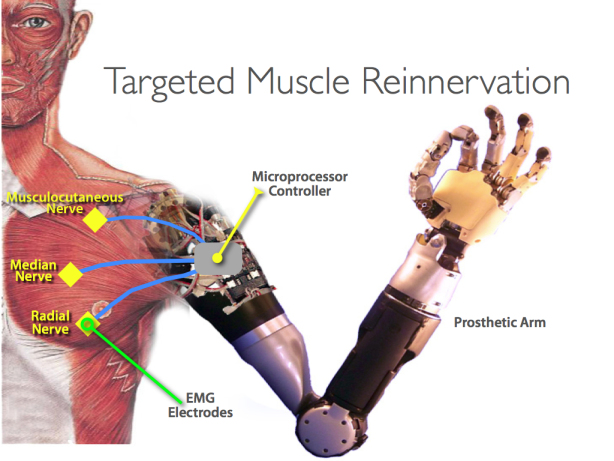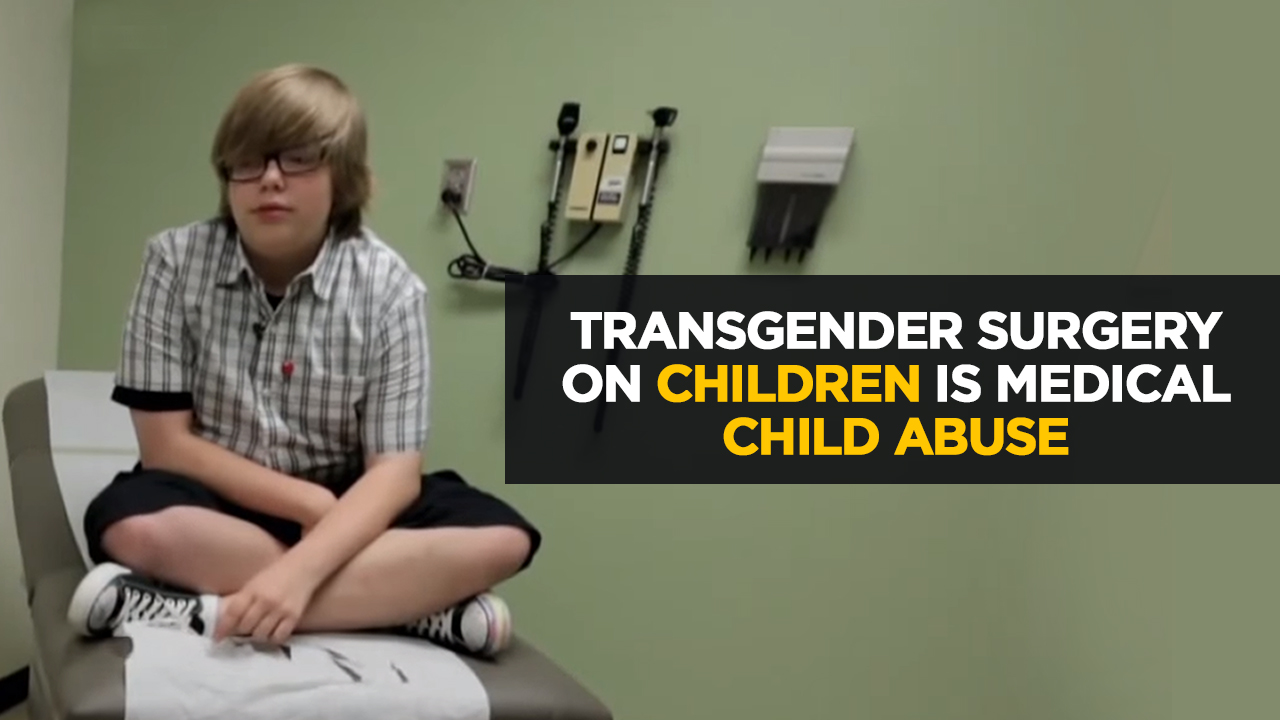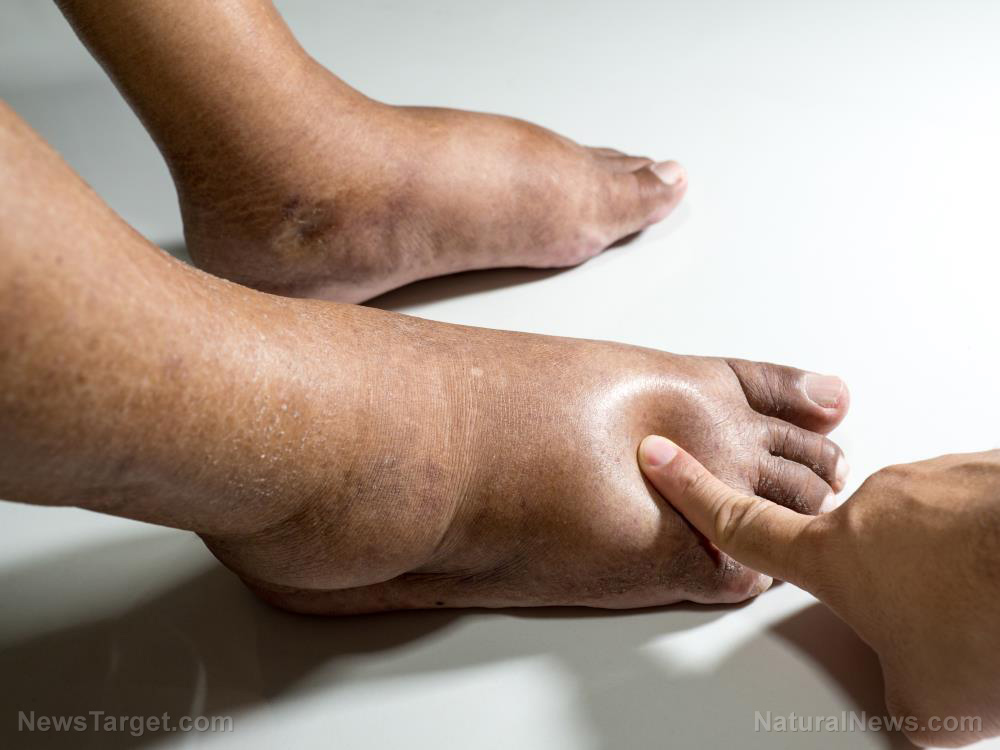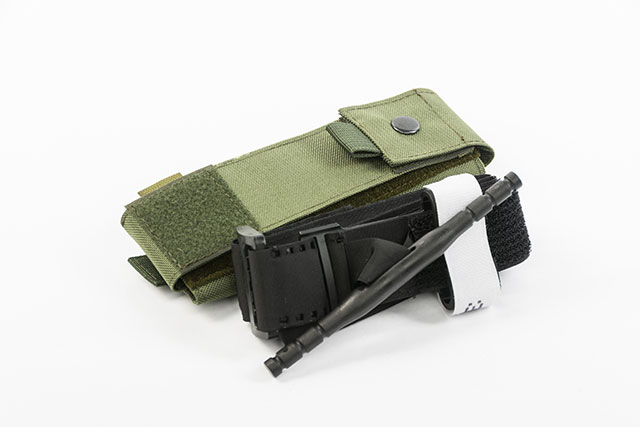
Science Daily explains it as follows:
Targeted muscle and sensory reinnervation (TMSR) is used to improve the control of upper limb prostheses. Residual nerves from the amputated limb are transferred to reinnervate and activate new muscle targets. This way, a patient fitted with a TMSR prosthetic "sends" motor commands to the re-innervated muscles, where his or her movement intentions are decoded and sent to the prosthetic limb. On the other hand, direct stimulation of the skin over the re-innervated muscles is sent back to the brain, inducing touch perception on the missing limb.
To better understand exactly how the brain sends these messages and “feels” touch in this way, scientists from the Swiss Federal Institute of Technology (EPFL) used functional MRI to examine how the brain re-routes motor and sensory pathways. The researchers hope that an understanding of how the brain does this will enable scientists to fine-tune such control. Their study was published in the journal Brain.
Three Swiss patients who had lost an upper limb, had undergone TMSR, and who were proficient in the use of their prosthetic limbs, were included in the study. (Related. Did you know that most amputations are the result of diabetes? Discover how you can prevent diabetes with everyday foods.)
Using ultra-high field 7T functional magnetic resonance imaging (fMRI), the research team was able to measure the patients’ brain activities by measuring blood flow. This provided them with an excellent understanding of the “cortical organization of primary motor and somatosensory cortex of each patient.”
When comparing the cortex maps of the study patients to those of individuals who had not undergone amputations, the researchers were surprised to discover that there was very little difference when it came to topography, extent and strength. On the other hand, there were great differences when scans from patients with amputated limbs who had not received TMSR were compared to patients who had never lost a limb. This indicates clearly that TMSR has profound effects on the brain’s motor map. (Related: Discover more medical breakthroughs at Medicine.news.)
Science Daily explains the results in more detail:
The somatosensory maps showed that the brain had preserved its original topographical organization, although to a lesser degree than in healthy subjects. Moreover, when investigating the connections between upper-limb maps in both cortices, the researchers found normal connections in the TMSR patients, which were comparable with healthy controls. However, preservation of original mapping was again reduced in non-TMSR patients, showing that the TMSR procedure preserves strong functional connections between primary sensory and motor cortex.
Though the researchers are cautiously optimistic, they do note that TMSR still needs work.
For one thing, certain connections were still just as weak in the TMSR patients as they were in the non-TMSR patients. Unfortunately, this means that after TMSR surgery, limbs still do not move and feel exactly like “real” limbs, nor are they encoded by the patient’s brain in the exact same way as a real limb would be.
Nonetheless, the study has helped researchers to recognize that the results of TMSR would likely be greatly improved by the implementation of systematic somatosensory feedback linked to the movements of the bionic limbs.
A future where the loss of a limb is no longer a devastating diagnosis may be just around the corner.
(Image credit: Extreme Tech)
Sources for this article include:
CenterOpCare.com[PDF]
Please contact us for more information.























